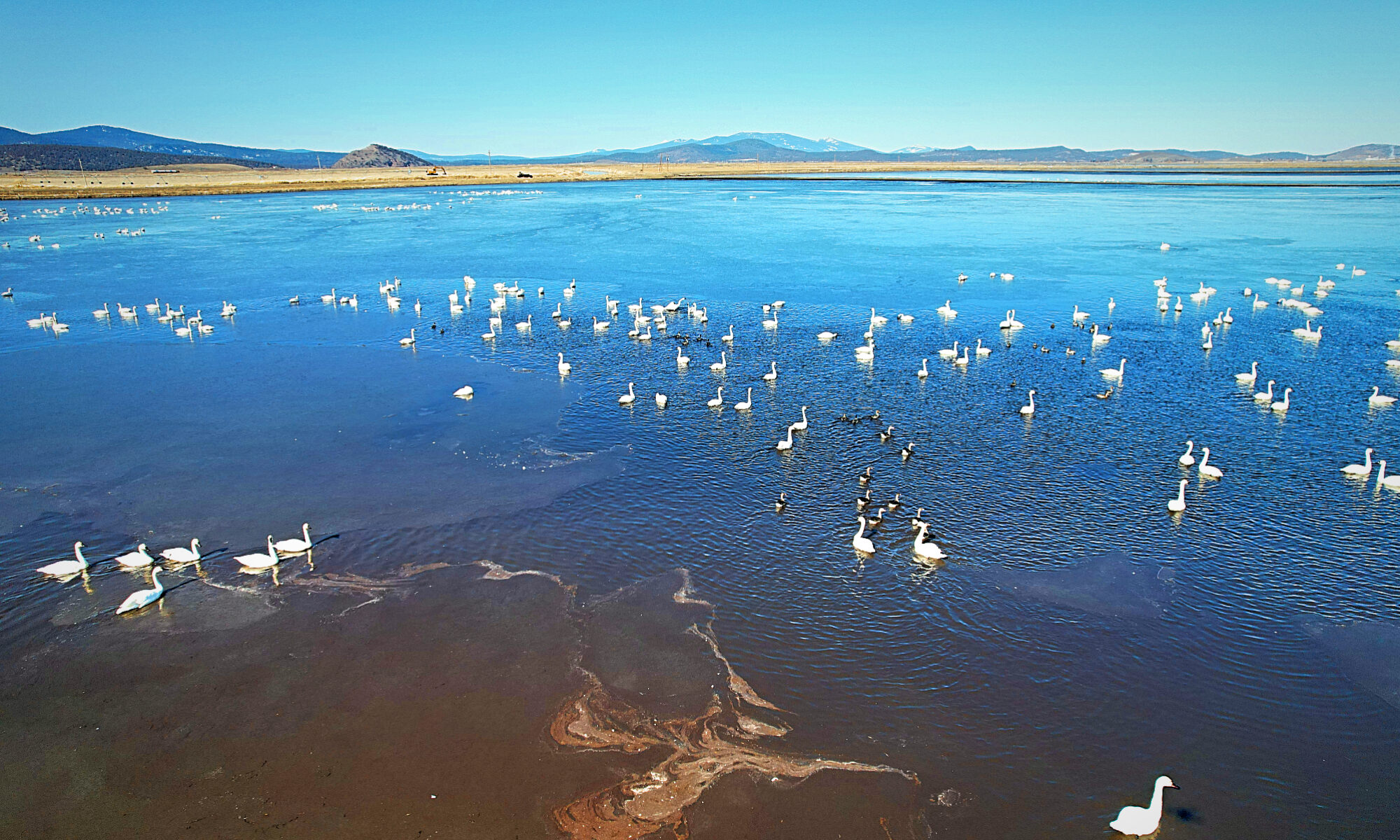May 1, 2023
FOR IMMEDIATE RELEASE
Contact:
Scott White
scott@klamathdrainagedistrict.org
(541) 510-6311
BUREAU OF RECLAMATION TURNS ON KLAMATH IRRIGATION PROJECT
Klamath Drainage District welcomes the beginning of the irrigation season, notes the Feds’ trimmed allocation will affect local refuges, other farms
Klamath Falls, OR – The Bureau of Reclamation has finally allowed the Klamath Project to officially begin its irrigation season today, a full month later than the traditional April 1st start date that Klamath Basin family farmers and ranchers have traditionally relied on.
With the delayed start date, the Bureau has also trimmed deliveries to Klamath Project irrigators. While 590,000 acre-feet of water will flow to the Pacific Ocean to meet claimed needs of salmon, Klamath Project farmers will receive 215,000 acre-feet, roughly 60% of the water needed for Klamath Basin agriculture and wildlife refuges served by the Klamath Project.
“In a year when snowpack reached over 200% of normal, and the Klamath Project continues to bear the brunt of questionable ESA demands, which is frustrating,” said Scott White, General Manager of the Klamath Drainage District. “But as with years past, I plan on working with TID and KID to sharpen our pencils and see how we can work together to the benefit of all the Project districts and the refuges.”
Bill Walker, president of the KDD board, added, “There are going to be 60,000 acres of farmland, including the Tule Lake National Wildlife Refuge and the Lower Klamath National Wildlife Refuge, that are probably going to go dry this year. I’m proud of the work my fellow KDD patrons are doing to free up water for Lower Klamath and create habitat on their properties, but at some point the Feds need to look at the ecological disaster they’re creating in the Upper Klamath Basin. In the meantime, KDD will continue to be the ‘Only Restaurant In Town’ that’s meeting the needs of the Pacific Flyway in the Klamath Basin.”
The Klamath Drainage District is uniquely situated to make the most of the limited 2023 water allocation. Due to the district’s natural geology and hydrology coupled with infrastructure investments, KDD returns or reuses more than 75% of the water used by patrons. Between December of 2021 and August, 2022, KDD sent approximately 3,100 acre feet of much needed water to the Lower Klamath Lake National Wildlife Refuge.
Klamath Drainage District (KDD) is a 27,000-acre district located in southern Oregon bordering the Lower Klamath National Wildlife Refuge in California. KDD proactively works to improve distribution and delivery of its scarce water resources including recycling over 35,000 acre-feet annually through its recently installed recirculation pumping plants. Of this recycled water, most is reused to grow crops, but a percentage is used for growers outside of the district and used for habitat improvement and other refuge purposes. KDD is home to one of the largest concentrations of bald eagles in the lower 48 states and prides itself on the tremendous wildlife viewing opportunities it provides.
###





















